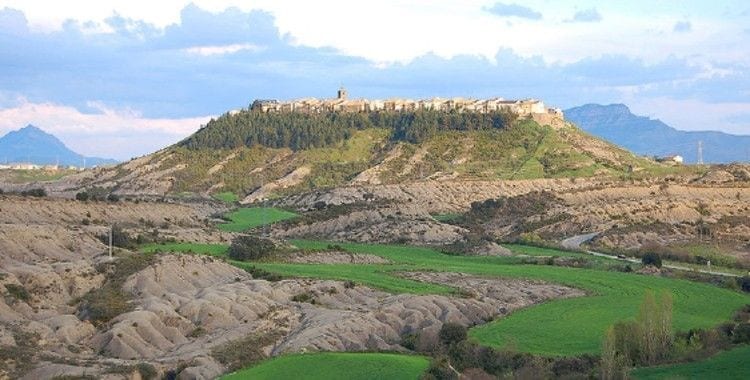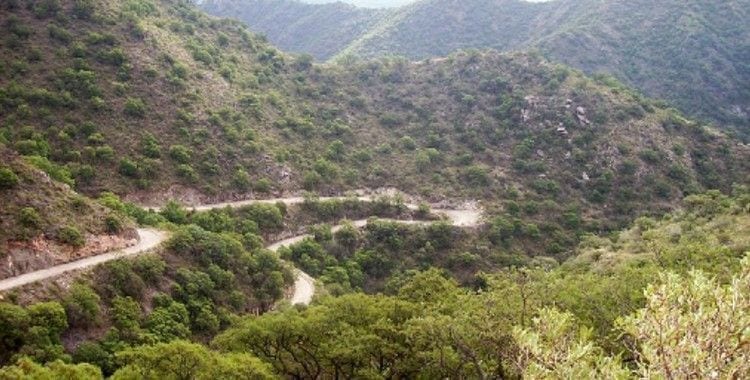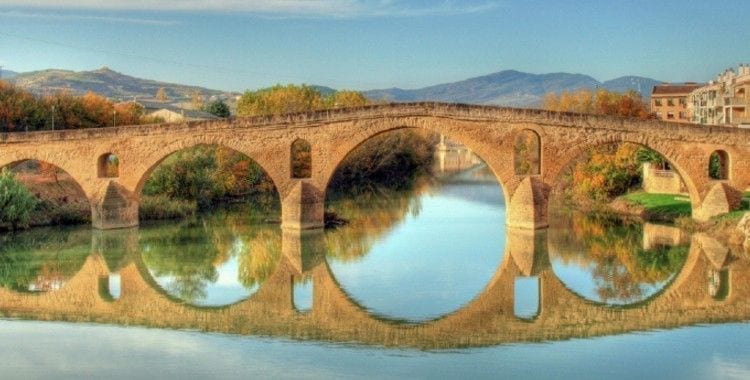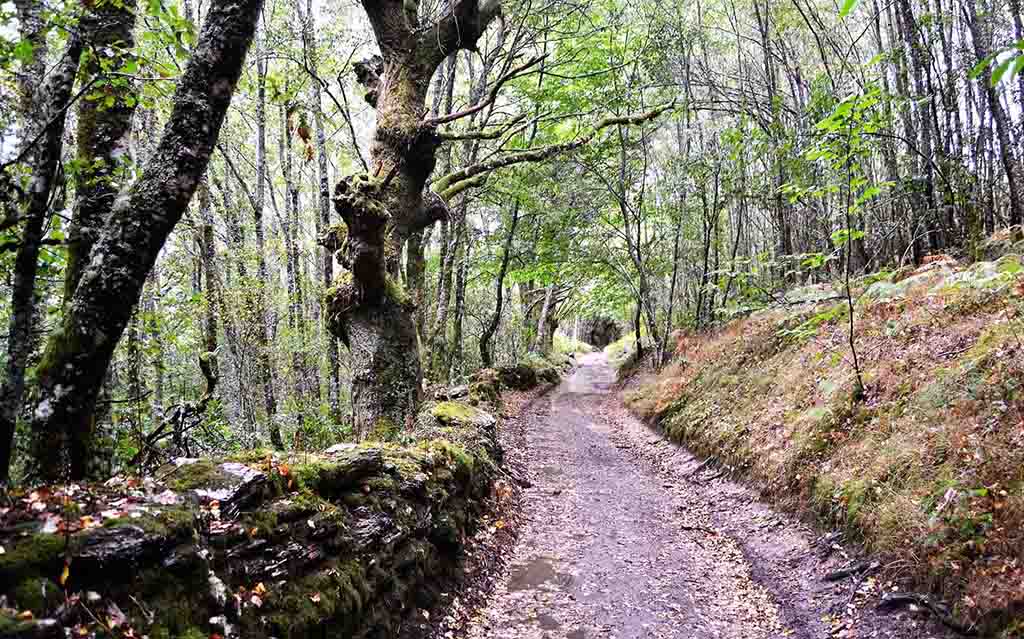The Aragonese Way is a section of the Camino de Santiago, specifically of the French Way, which begins at the Somport Pass (Huesca). There are a total of four pilgrimage routes that start in France and reach the province of Galicia to embrace the Apostle. Of those routes, three converge in Roncesvalles, except for this one. It is said that this Jacobean route joins the others at Puente la Reina, but in fact, together with the Navarrese Way, they merge into one at the Hermitage of San Salvador in the town of Óbanos.
This route covers a total of 170 kilometers through the provinces of Huesca, Zaragoza, and Navarre until it joins the Navarrese Way. From that point, it continues along the French route. Over six stages, pilgrims can walk one of the four Jacobean paths already used in the Middle Ages, the Via Tolosana. It starts in the French town of Arles and reaches the Somport Pass, making it the southernmost Jacobean route of the four that reach the Peninsula.
Along the way, pilgrims will enjoy stunning and varied landscapes in each stage. They’ll pass through different towns, discovering their history, traditions, and legends.
History
The Aragonese Way is not the oldest route. It possibly dates back to the 11th century, when the first kings of Aragon decided to rebuild and improve the communication network of their territory. They repaired Roman roads, built bridges, as well as hostels and baths along the main routes. The change was driven by the arrival of pilgrims and travelers to the Somport Pass. It became a network of roads and paths branching out from areas of France, England, Italy, etc. The appearance of religious relics increased the number of monasteries and shrines, leading to the creation of new routes for pilgrims interested in visiting churches and witnessing the legends and miracles of the Camino de Santiago.

Signpost on the Aragonese Way
From the 16th century onwards, a series of wars and social conflicts in Europe caused a notable decline in the number of pilgrims on this and other routes. Among the contributing factors were religious tensions between Europe and Spain. Due to the militarization that these conflicts brought about, the routes were more heavily guarded, and pilgrims looked for alternatives. This path fell into disuse and was somewhat forgotten.
Stages of the Way
The Aragonese Way is not an easy route, and it’s not suitable to walk at any time of the year. In winter, especially from November to early April, continuous snowfall in the Pyrenees is unavoidable. During the rest of the year, the weather is more pleasant, though at times the walk can be challenging due to the lack of shade.
Access to the starting point is not a problem as there is a direct bus from Jaca. This marks the beginning of an itinerary of six stages until it merges with the French Way.
Stage 1. Somport – Jaca (32 km)
We will start our Camino at the point mentioned earlier in the heart of the Pyrenees, covering most of the distance through the province of Huesca. This is the longest stage of the entire route, but the advantage is that it is mostly downhill. We’ll pass through Canfranc Estación and Canfranc village, Villanúa, Castiello de Jaca, and finally Jaca.
Stage 2. Jaca – Arrés (25.4 km)
In this second stage, we are still in Huesca. Heading west, we descend through the valley to Santa Cilia and Puente la Reina de Jaca. After this gentle descent, we’ll need to catch our breath and climb over two kilometers to reach our destination, Arrés, a village with a defensive character.

Arrés
Stage 3. Arrés – Ruesta (28.4 km)
In this third stage of the Aragonese Way, we enter the province of Zaragoza, first reaching Artieda, then the Yesa reservoir, and finally ending in Ruesta.
Stage 4. Ruesta – Sangüesa (22 km)
We begin this fourth stage with a descent from Ruesta. Over the next eight kilometers, we climb Mount Fenerol, enjoying impressive views of the Yesa reservoir. What goes up must come down, so we descend to the Roman road that leads to the town of Undués de Lerda. We cross the border between Navarre and Aragon to finally arrive in Sangüesa.
Stage 5. Sangüesa – Monreal (28.4 km)
We leave the town of Sangüesa and walk through a sparsely populated path between mountain ranges. From Izco, we head to the village of Abínzano, then to Salinas de Ibargoiti. Finally, we reach Monreal, located at the foot of the great Higa de Monreal mountain.

Section of the Aragonese Way
Stage 6. Monreal – Puente la Reina (30.4 km)
The last stage of the Aragonese Way, like the first, is long and somewhat demanding. Its profile is marked by slopes in the first kilometers. Through the Sierra de Aláiz, we follow the undulating path that leads us through the villages of Yárnoz, Otano, Ezperun, Guerendiáin, Tiebas, Muruarte, and Olcoz.
We begin our descent to Enériz before reaching Óbanos, where we merge with the French Way, and from there continue to the town of Puente la Reina, the end of the Aragonese route.

Puente la Reina
A Camino that preserves its essence, its breathtaking landscapes, and the feeling of isolation, peace, and freedom. Few routes still carry that spirit. The only possible downside is the sparse population of the villages, which makes it important to plan your stages carefully and enjoy the pilgrimage to the fullest. As always, we can walk it with you. ¡Buen Camino!












Leave A Comment